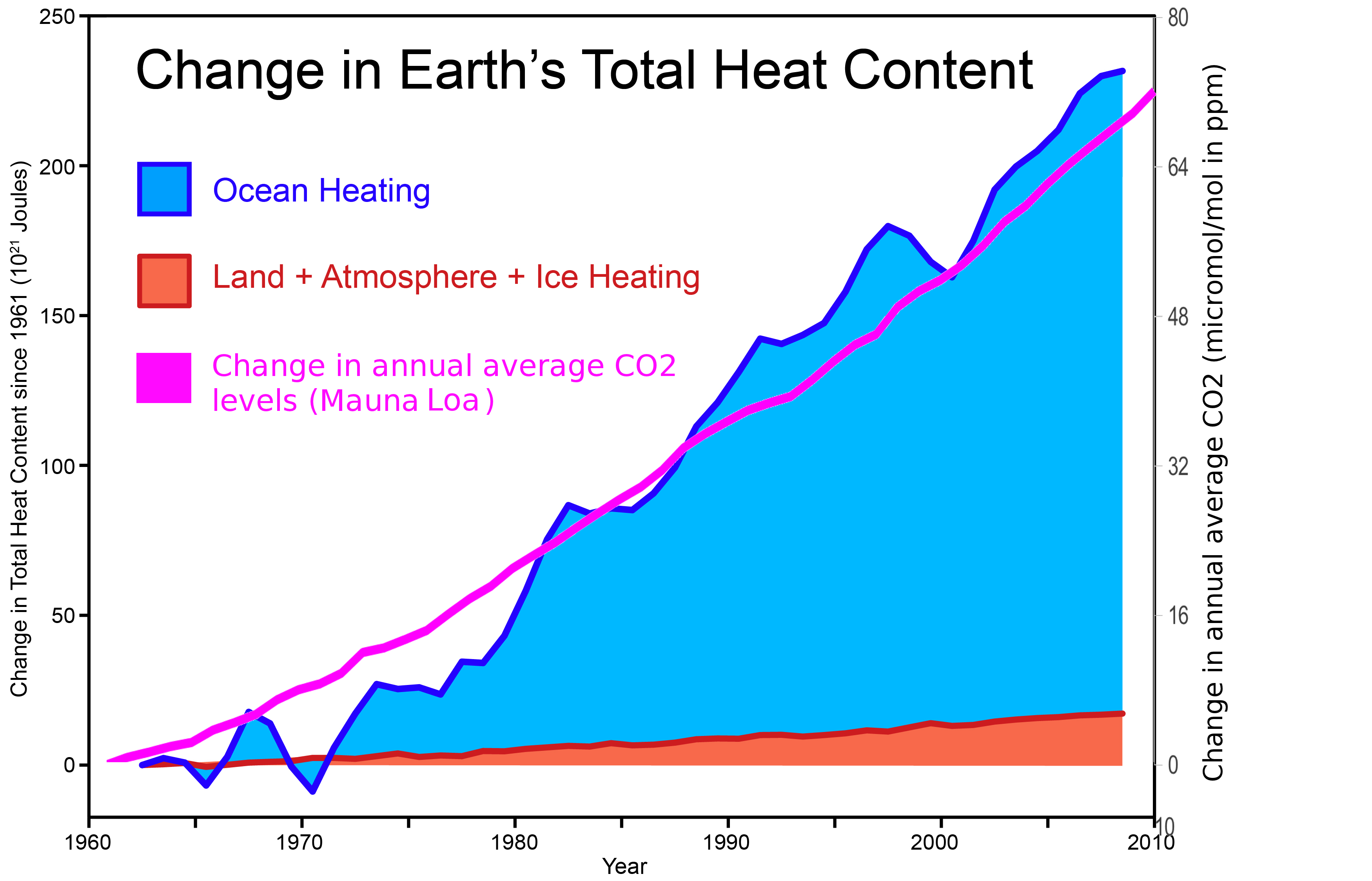I found an “article in the BBC about weather balloon-based temperature readings from the 1970s”:http://news.bbc.co.uk/2/hi/science/nature/4152576.stm rather amusing. As a scientist, I am daily faced with revelations about new understanding of the behavior of my experiment. This is no different; however, the data taken by these weather balloons is often used to shed skepticism on the otherwise overwhelming body of evidence for global warming.
Apparently, the thermometers used on these balloons in the 1970s were unshielded, allowing them to be exposed to the sun’s rays. As my wife will tell you, when you hang a thermometer you hang it in the **shade** to get an accurate reading of the ambient air temperature. Oh, how many times she’s reminded me of that!
Sounds like these scientists in the ’70s could have used Jodi’s insight. The measurements from these balloons were skewed high, suggesting that atmospheric temperatures would have *peaked* in the 1970s and have dropped since. However, correcting for this skew one finds a steady warming trend of 0.4F per decade, according to the article.
Doh! Now that’s an excellent demonstration of “systematic error” in an experiment!



